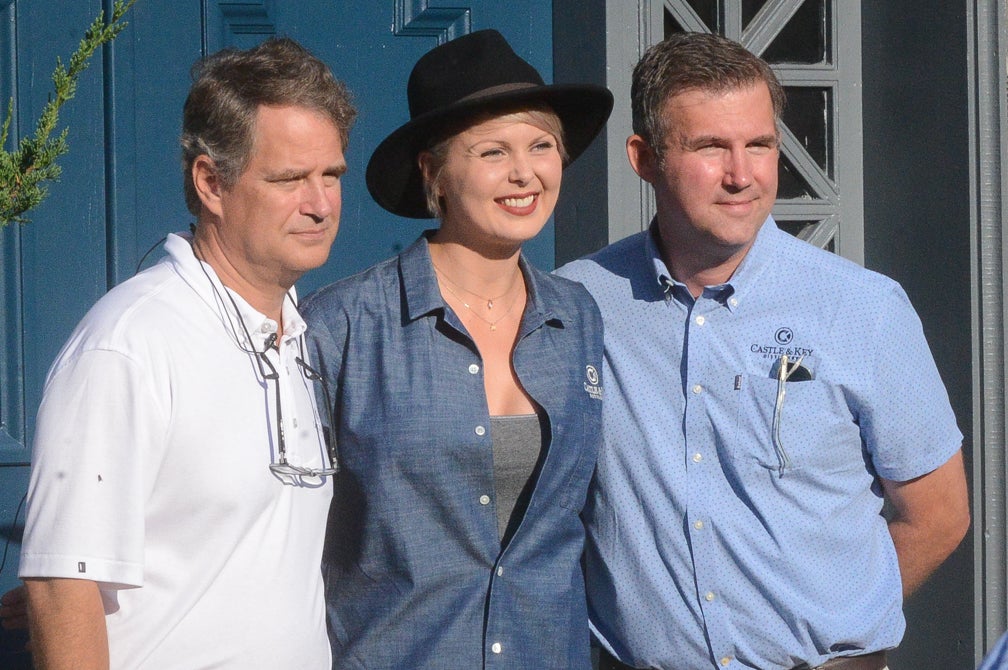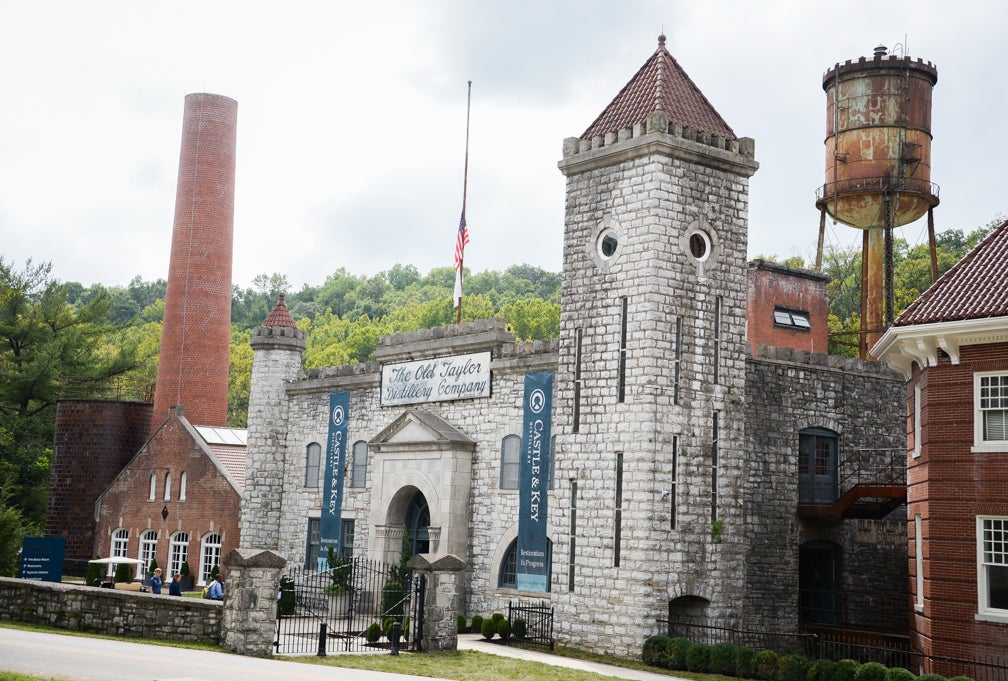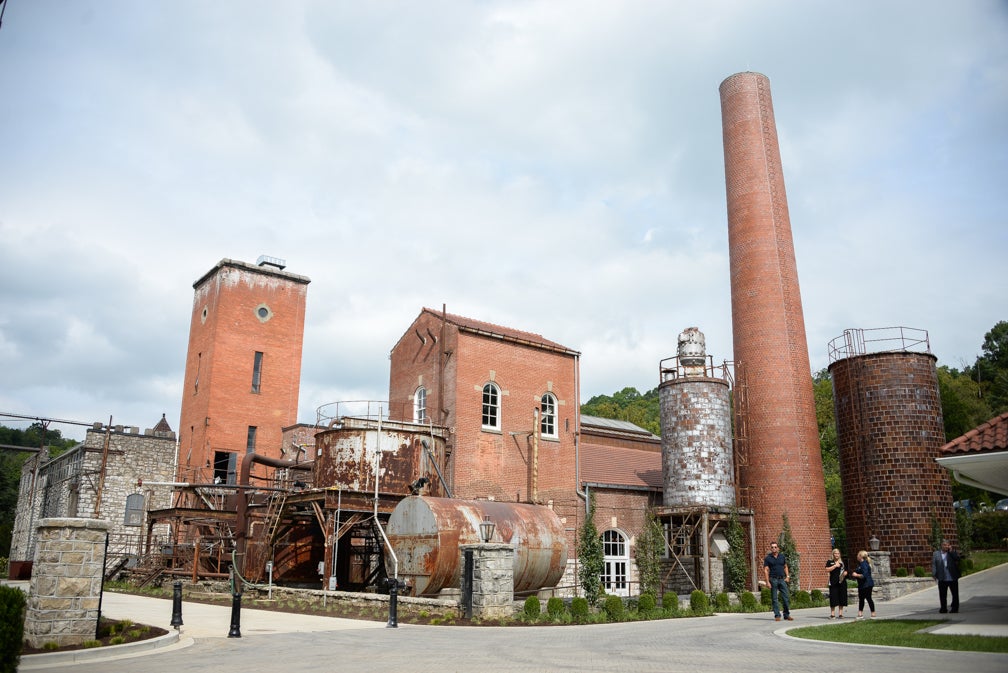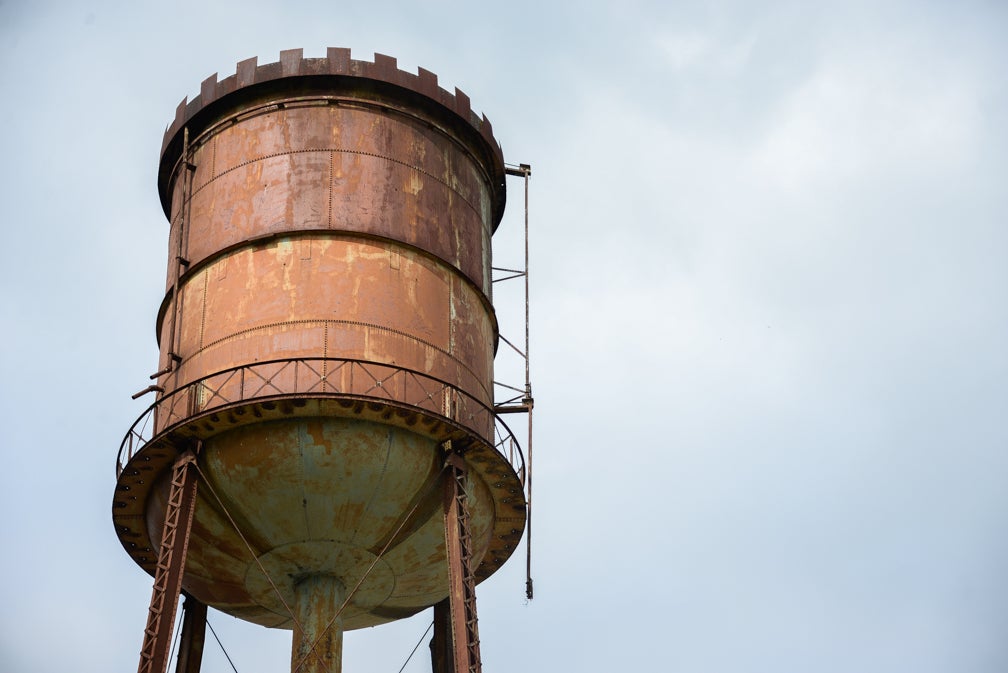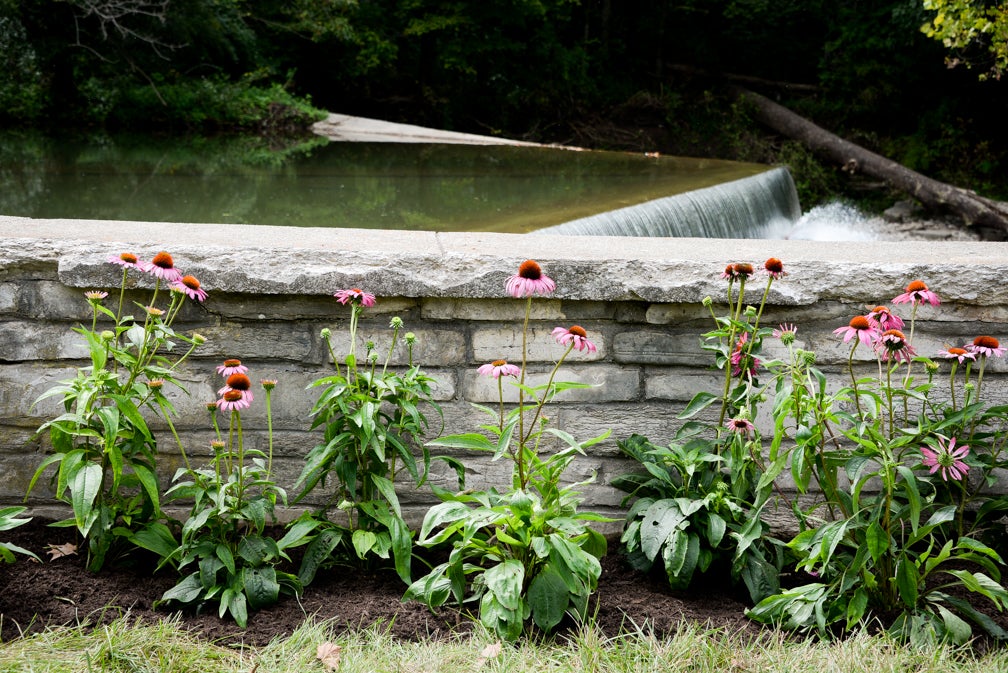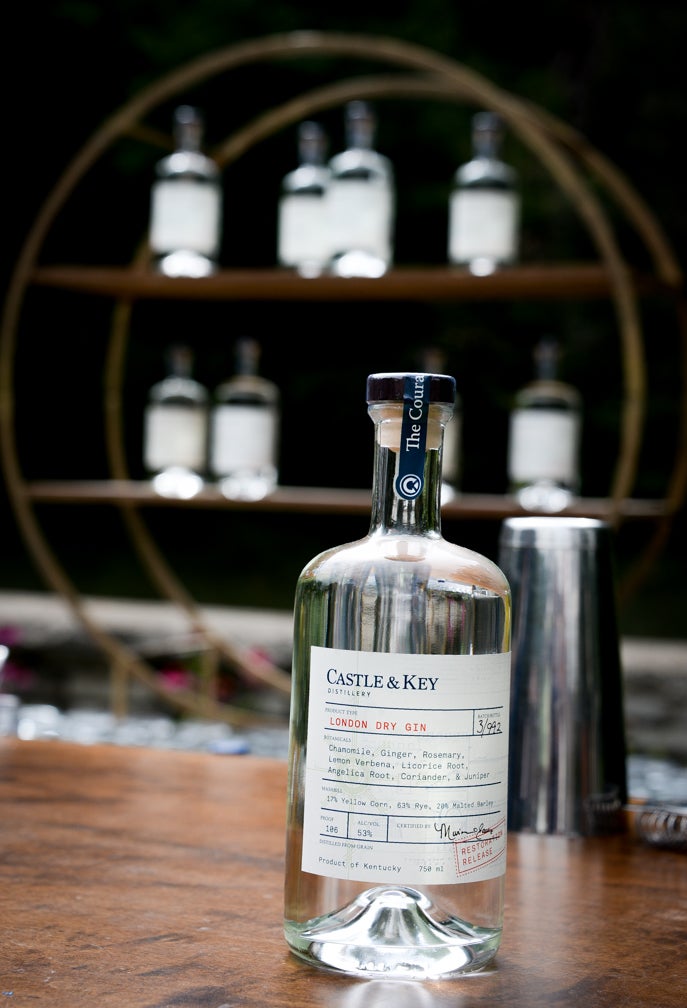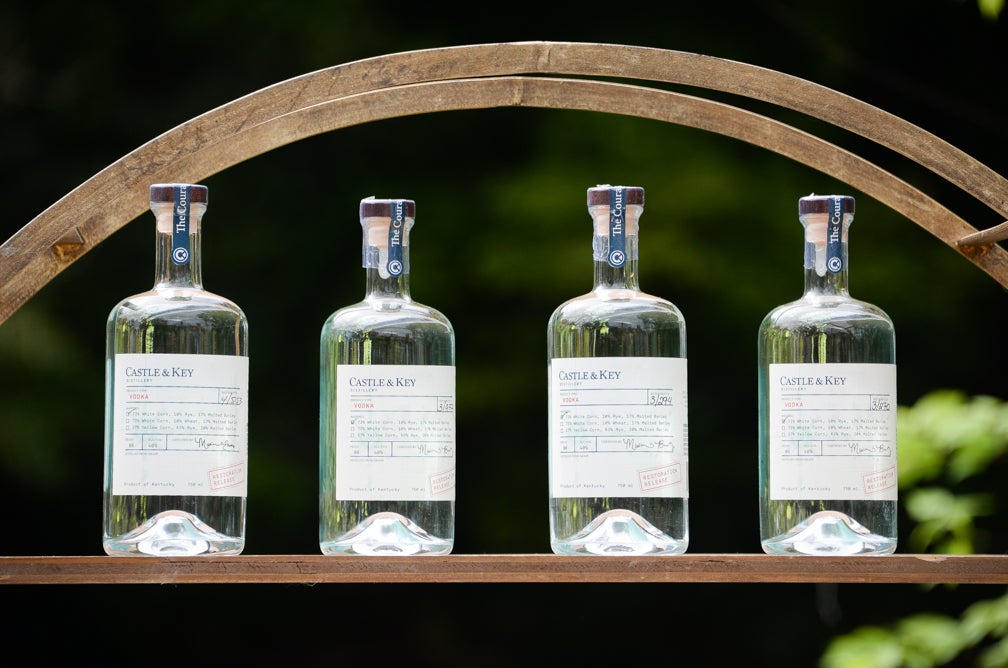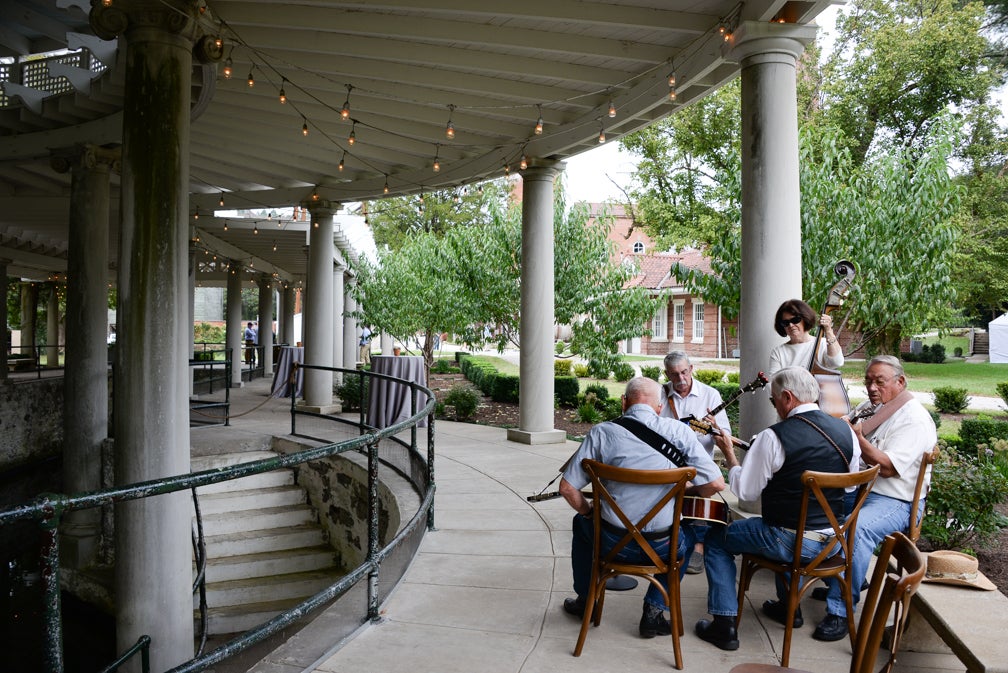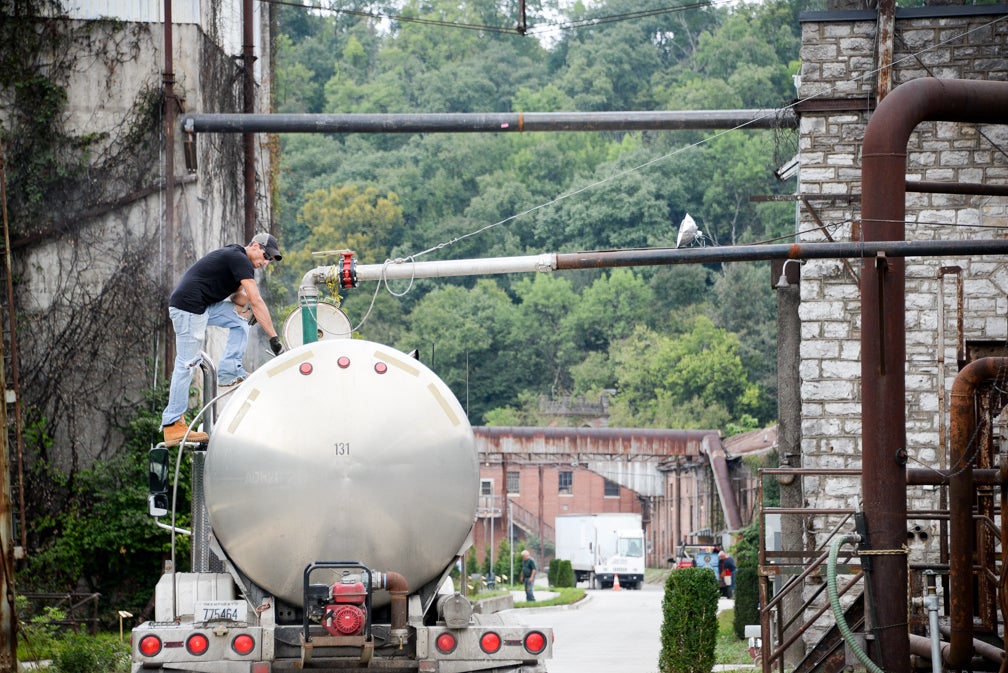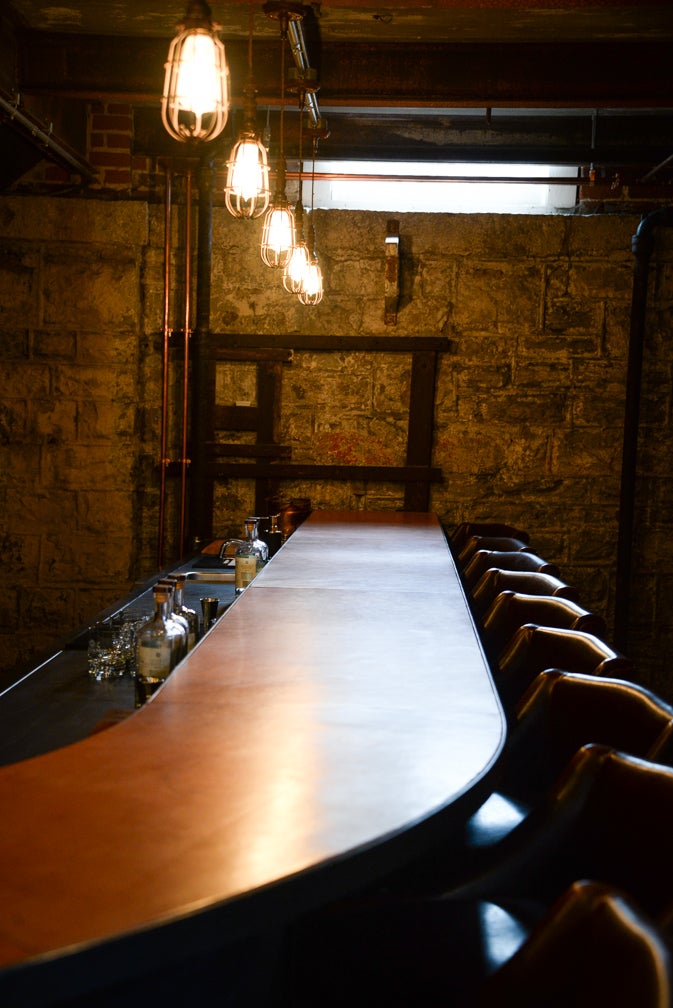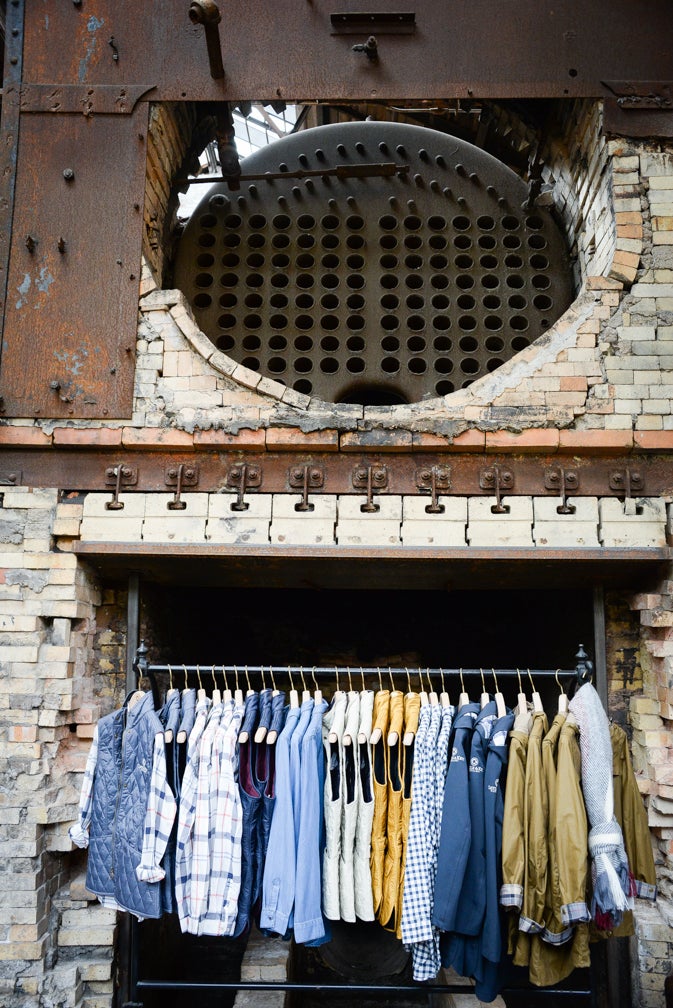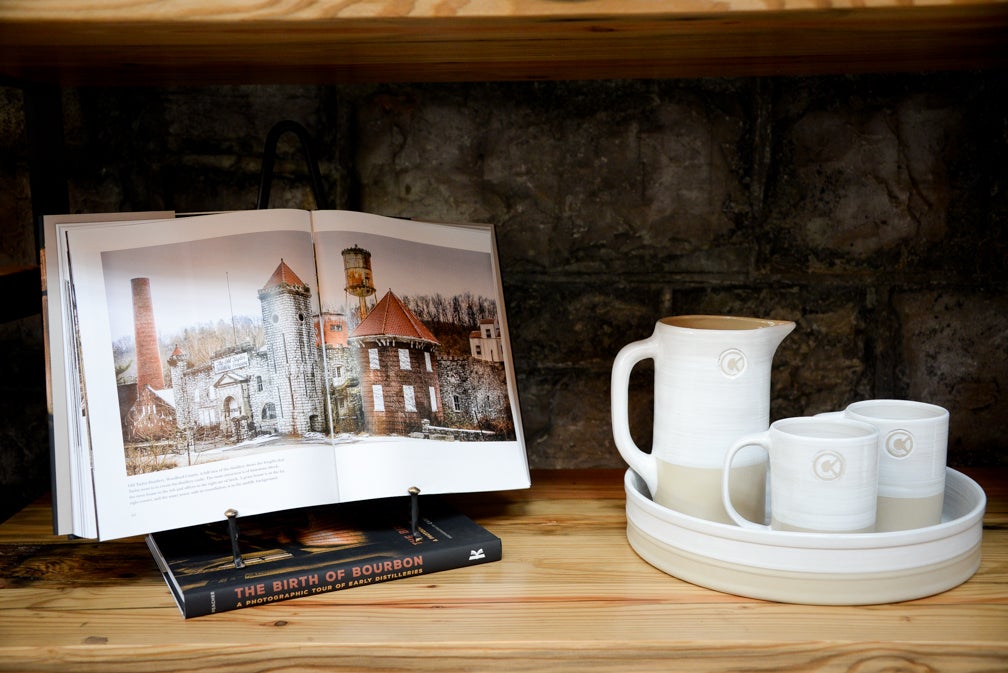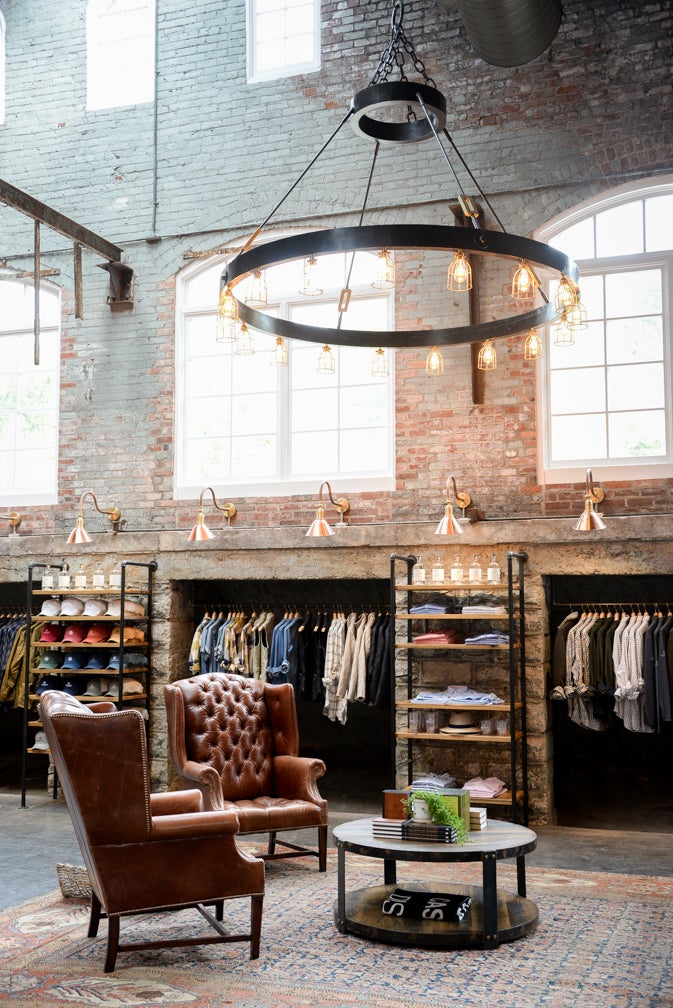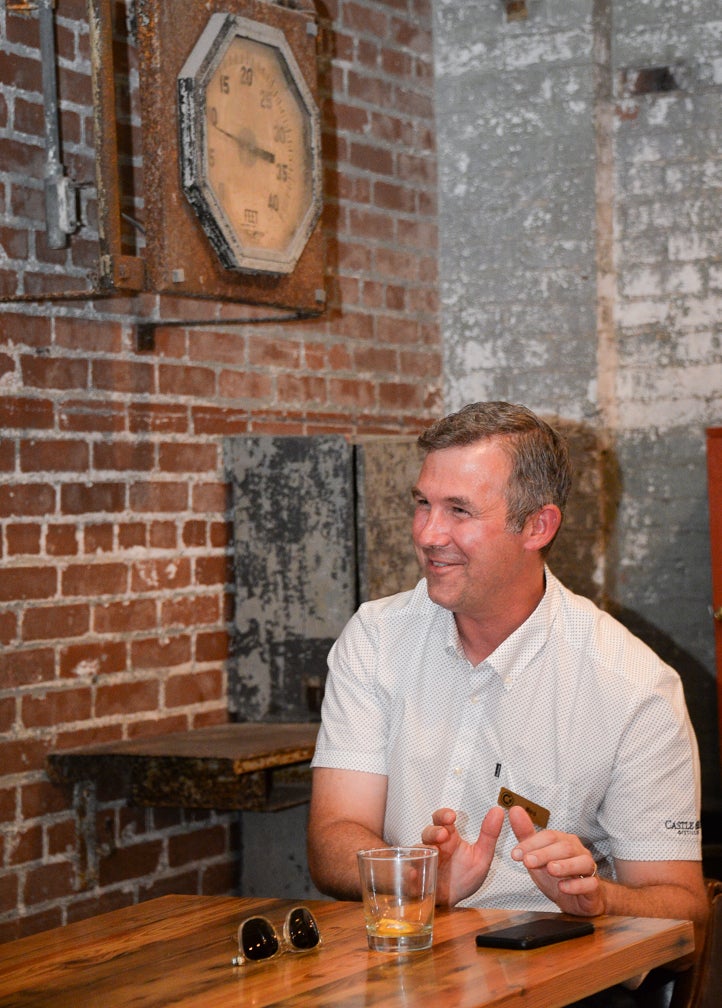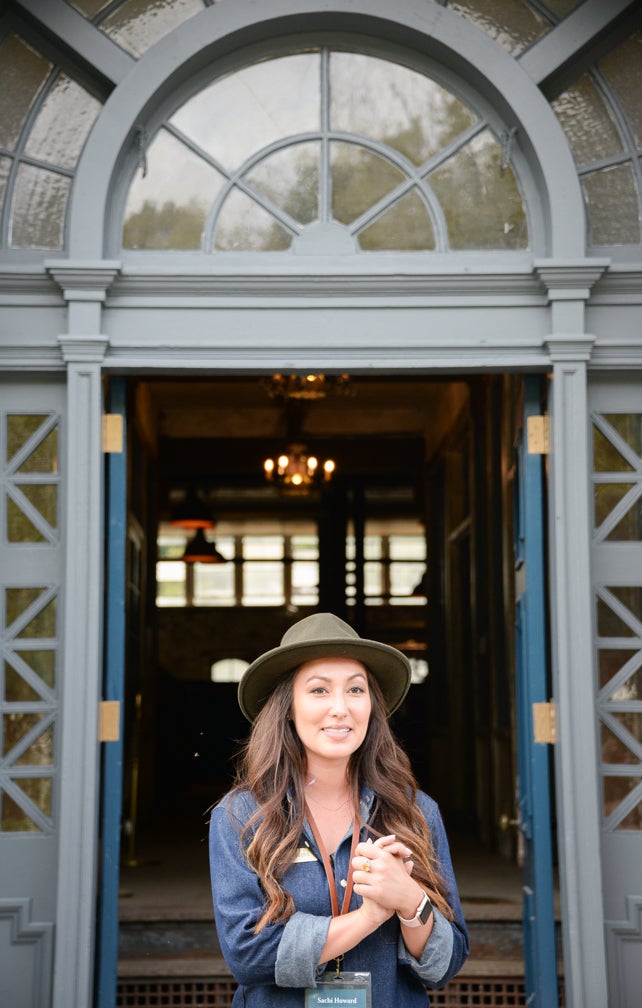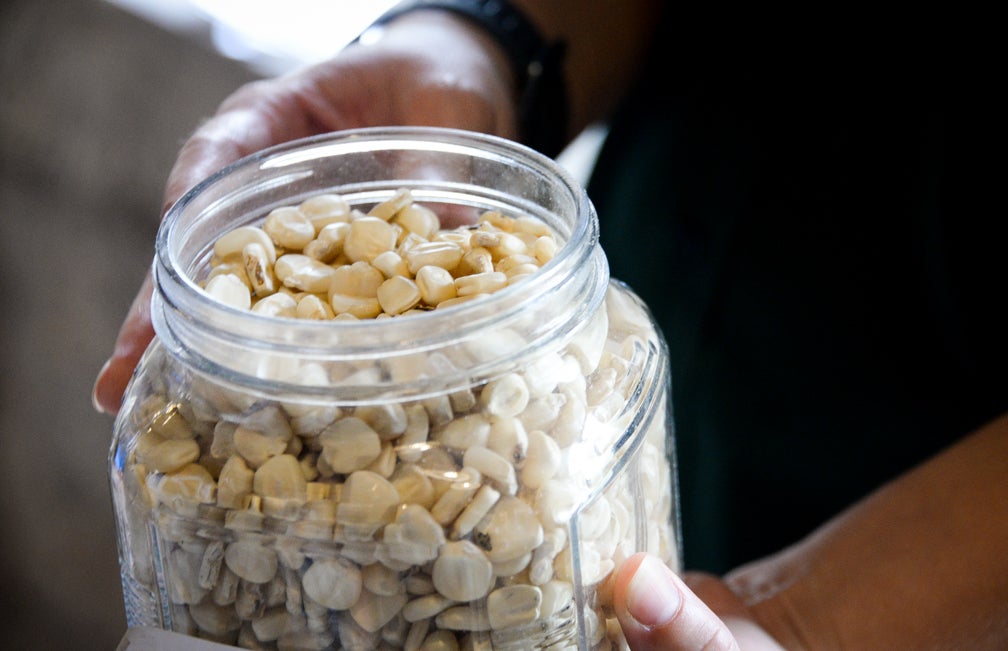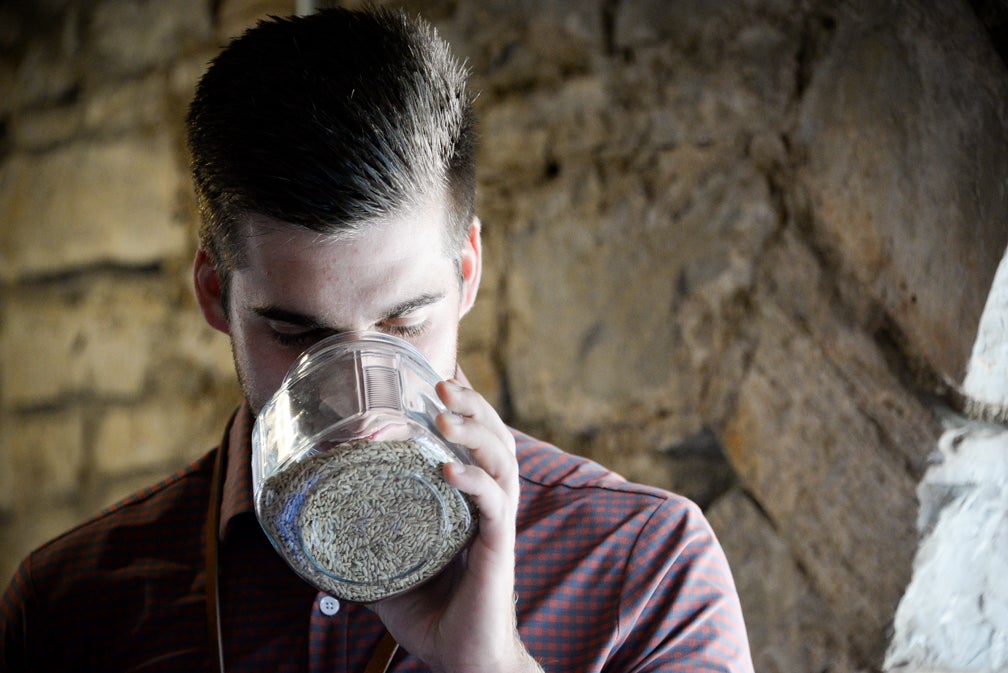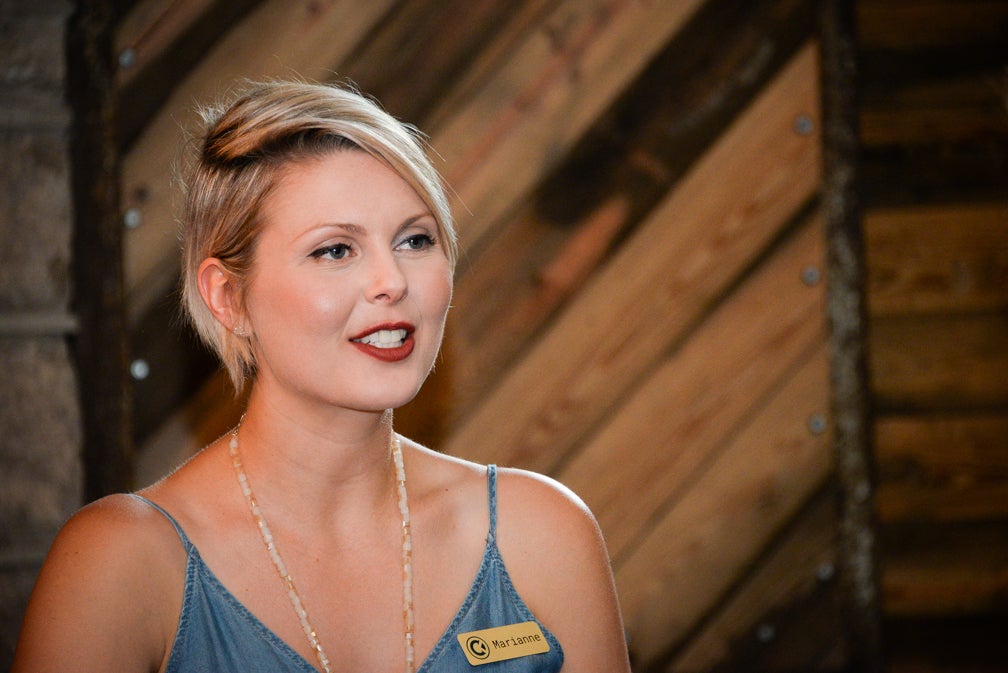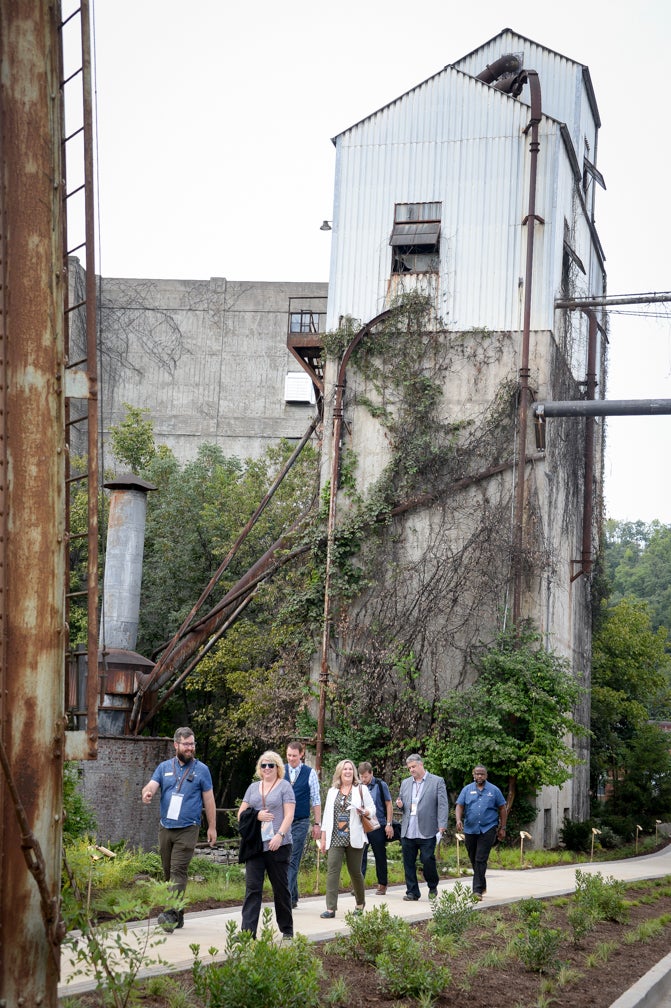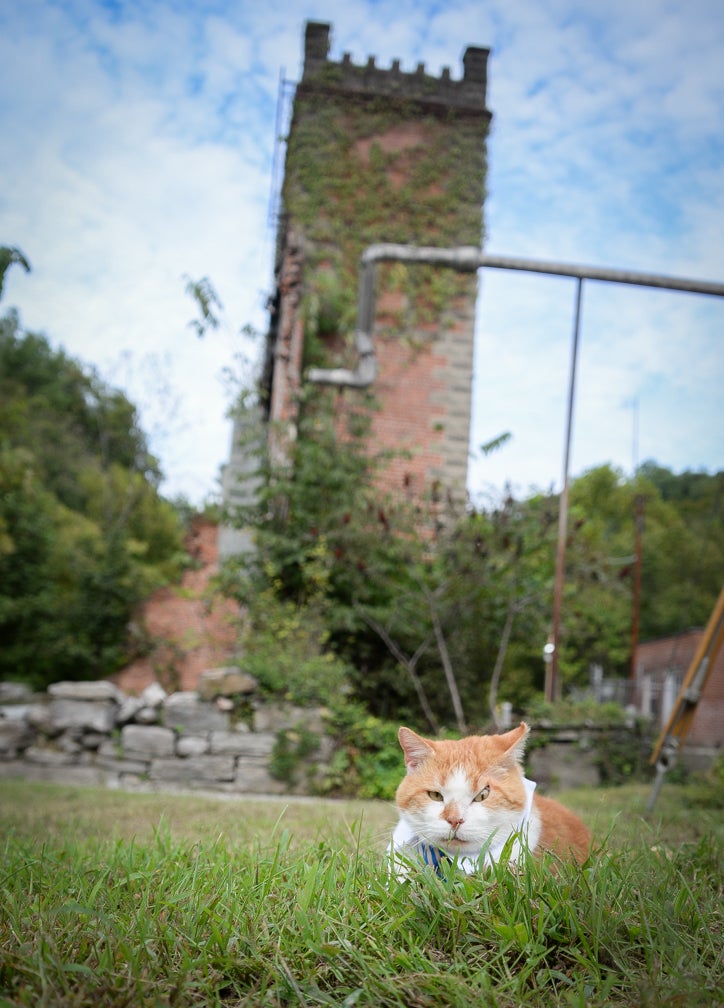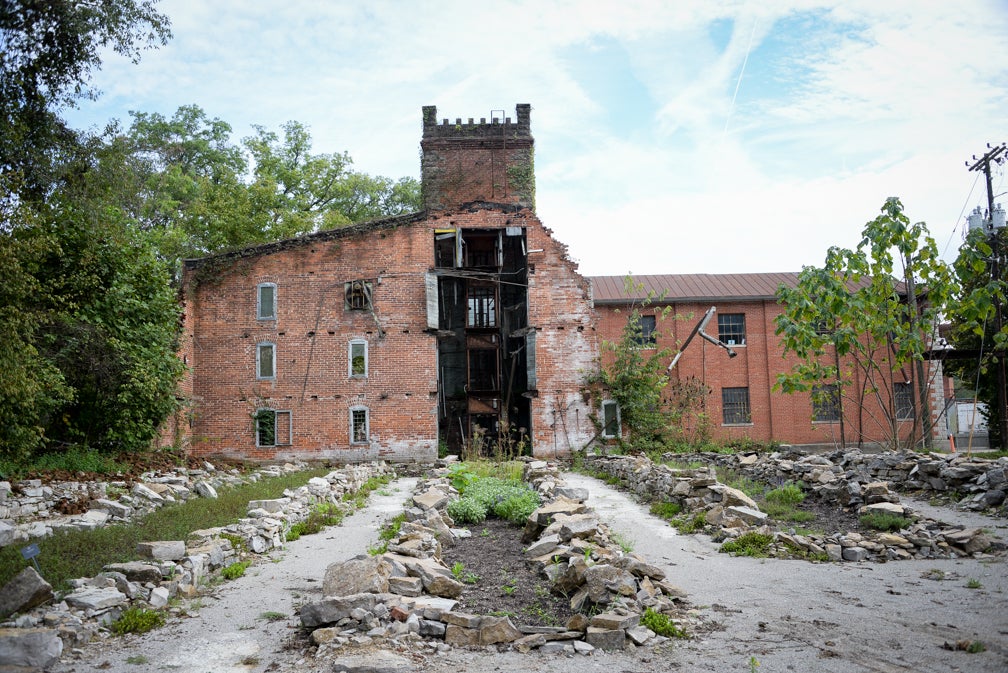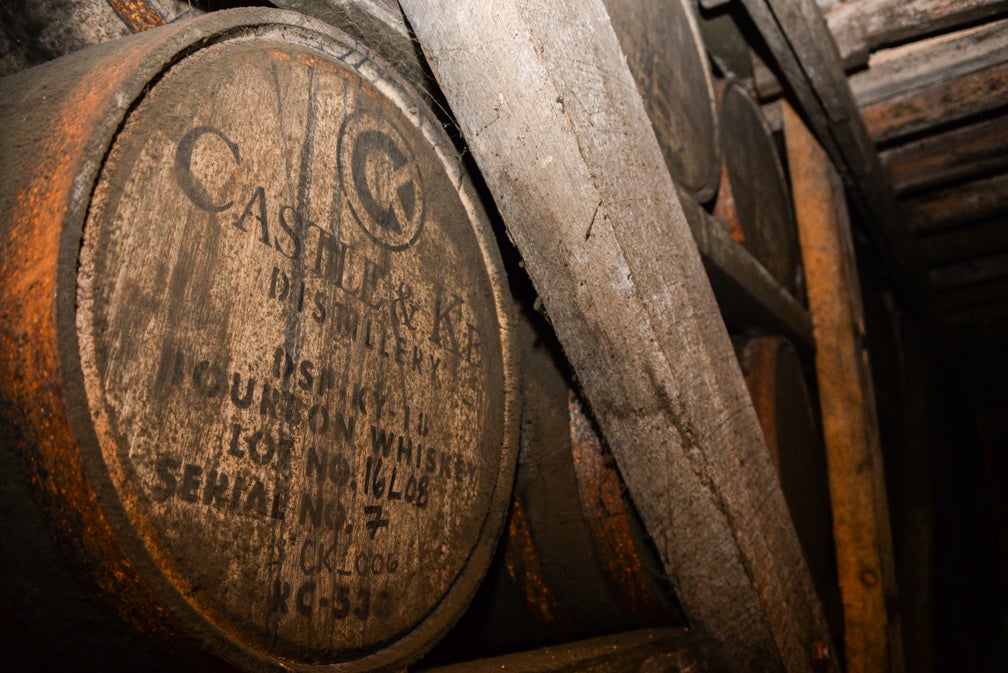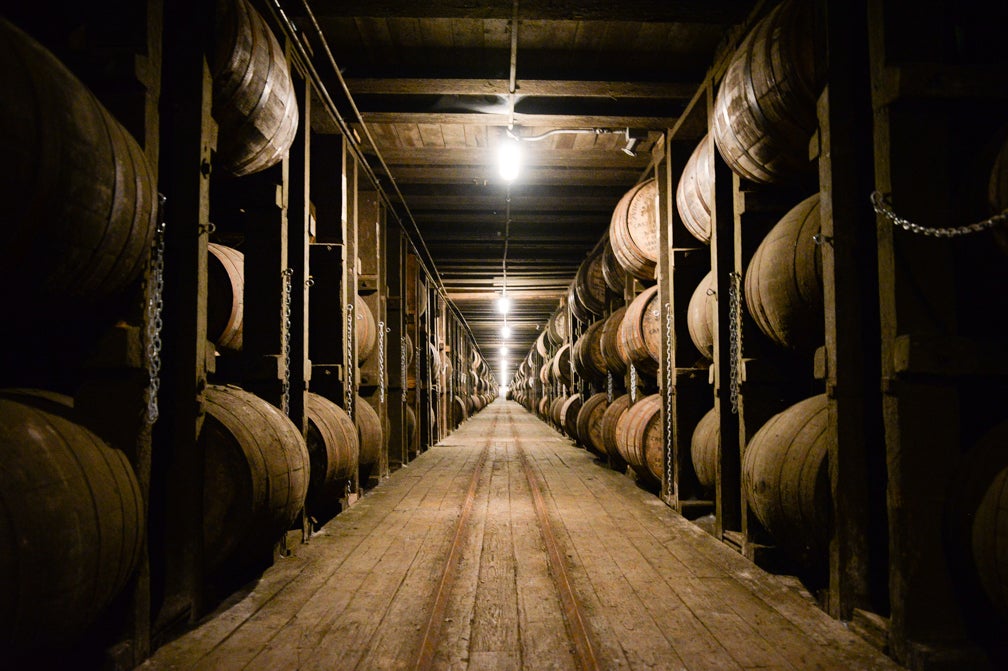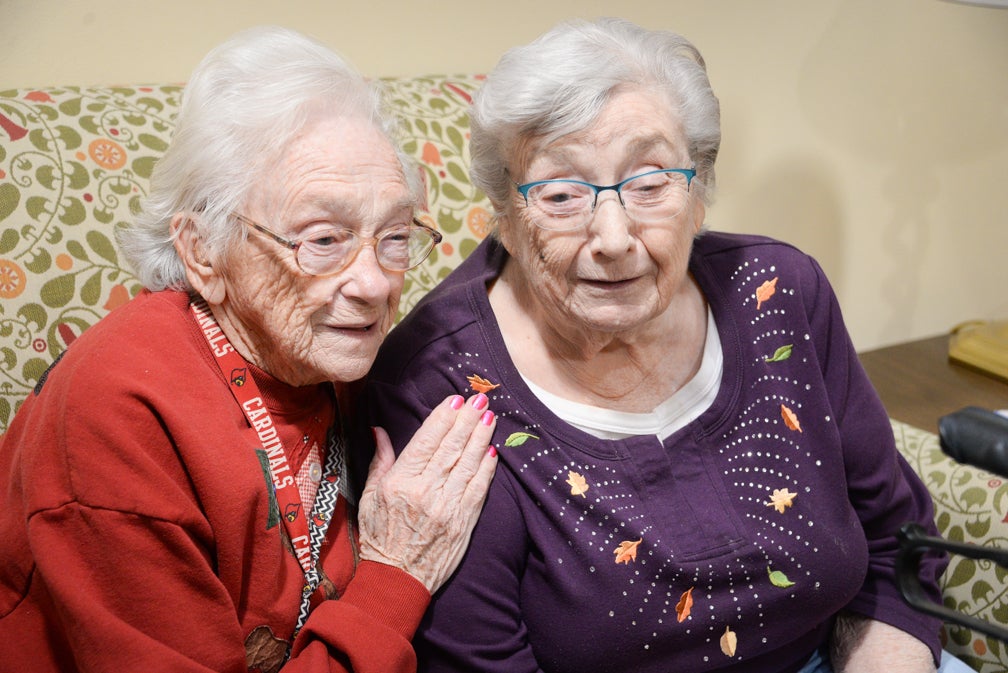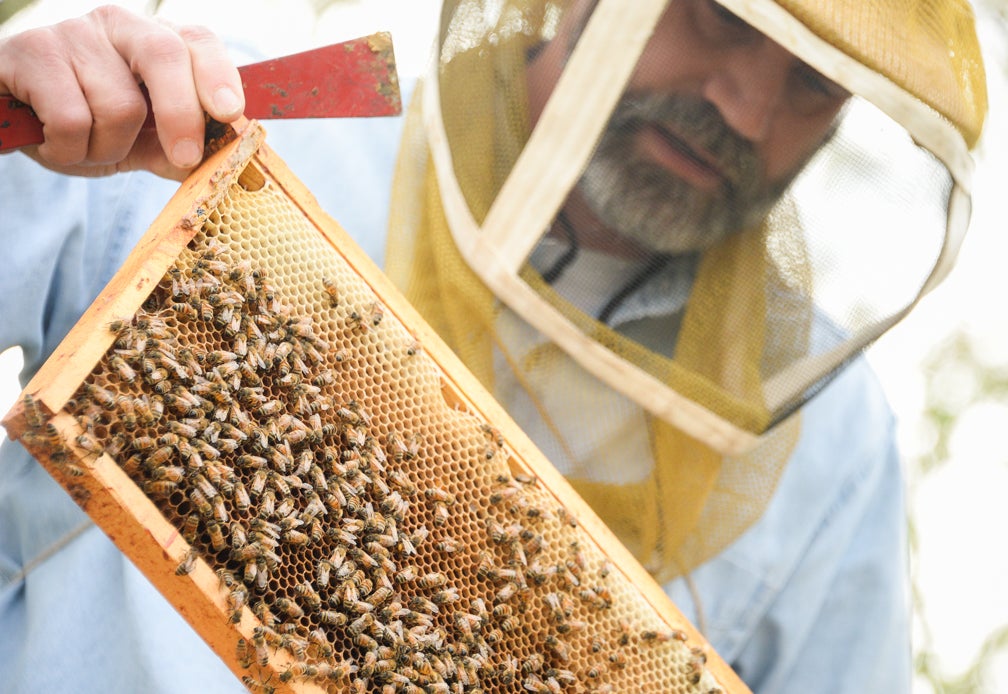By David Hamilton,
After 40 years of abandonment, the doors to a Millville castle where bourbon is made are open once again.
This time, the 131-year-old, 113-acre property does not belong to Colonel E.H. Taylor — though his name is still etched in stone there — but instead the newly formed Castle and Key Distillery.
Looking back, the culmination of the property’s grand reopening in September defied what seemed like insurmountable odds. The property had fallen into disarray, with numerous people comparing the historic grounds to a warzone.
Though Taylor’s castle thrived during his time, and even for many years after he died, the distillery would change hands over time and eventually cease production in 1972.
When the property looked as if it might never return to its former glory, Castle and Key co-founder Will Arvin discovered the property by digging around on the internet. When he brought it to his business partner Wes Murry, the reaction was — to put things lightly — skeptical, in hindsight calling it “a crazy idea.”
But both said the moment they walked through the property gates, they knew they were on to something special.
“The first time I walked the property, I got it,” Murry said. “The property itself, despite the condition and the overgrowth, you knew it was here and you knew it was really unique; something you would never have the capability or money to go build from scratch.”
At that point, Murry and Arvin decided the opportunity was too good to pass up, and so they purchased the former Old Taylor Distillery grounds in 2014.
Repairs and cleanup work over the ensuing years would prove extensive, with the first objective being just to fix the buildings’ foundations to ensure that they would not crumble. Eventually, some of the property’s most notable features, like the mesmerizing springhouse and sunken gardens inspired by Windsor Castle, are now immaculate, thanks in large part to the work of touted landscaper Jon Carloftis.
The rest of the property is highlighted by a quarter-mile botanical trail, the serene sounds of the grounds’ splashing stream and mini-waterfall, an old train depot that will serve as a tasting room and, at some point, a café, and of course, a more-than 500-foot-long warehouse, which can hold 35,000 barrels of bourbon.
One notable aspect of the property, especially those who can remember what it looked like in the old days, is that designers kept as much as they could of what originally made up the distillery, from the old water tower to various antiquated forms of equipment lying around the buildings.
“Our philosophy and theory in renovating this was if it’s not in the way, we’re not going to move it,” Arvin said. “We’re not going to touch it.”
Getting the property back to pristine condition was a challenge in and of itself, but they would need more than just some nice scenery — they are, after all, in the distilling business.
Before they could do anything with the property, Arvin and Murry needed a master distiller, one that was both knowledgeable and innovative.
Enter Marianne Eaves, whose path to Castle and Key follows the distillery’s trend of fateful, unexpected twists and turns.
Eaves was already in a good spot. She was primed to become Brown-Forman’s next master distiller for Woodford Reserve and without much incentive to leave what was a secure opportunity with an established company.
But the two Castle and Key founders were steadfast in their attempt to nab Eaves. What started as a connection made on LinkedIn (Murry said they feared Eaves was “blowing us off” after not hearing back for days) led to a personal visit with Eaves on the property.
After some hesitance, Murry refused to be ruled out, telling Eaves, “You’re not allowed to say ‘no’ today.”
Seeing the passion of the two upstarts, Eaves saw the opportunity to be a part of something great right now and she decided to take a leap of faith.
“I knew that they were going to make this happen with me or without me,” Eaves said.
Signing on with Castle and Key, Eaves became Kentucky’s first female master distiller since Prohibition. And in line with what Murry and Arvin were looking for, Eaves put her chemical engineering degree to work by crafting some new recipes.
Eaves said one of her primary objectives was to evoke characteristics of what Colonel Taylor used for his products while also adapting to seasonal changes to create distinctive, unique flavors. One aspect of working at Castle and Key Eaves said she has enjoyed is emphasizing quality over quantity, sometimes sacrificing yield or efficiency if it means the product will benefit.
Murry called bringing Eaves onto the team a moment of affirmation and did not hold back on what her hiring meant to the distillery.
“Instrumental — we wouldn’t be here,” Murry said.
While Castle and Key is officially open to the public and its Restoration Release brand gin and vodka are available for purchase right now, more milestones lie ahead for the distillery. The group anticipates releasing its rye whiskeys in 2019, but the bourbon has no set date yet for its release, as Eaves said they will wait as long as they need to until the product is ready.
The distillery also said it plans to do even more restoration on a handful of buildings that still have work to do before they match the condition of the remainder of the property.
As for the overarching vision of what Castle and Key could become, Eaves said the company heads could see the property becoming Kentucky’s own Napa Valley or Blackberry Farm. She also hinted that the distillery one day hopes to branch out beyond the spirits industry and delve into the culinary field.
“The future is bright,” Eaves said. “I think it comes with more construction, but it’s all very exciting.”
But for now, Castle and Key is open for visitors to take in the breathtaking scene of the historic property that was on the verge of becoming just that — history.
More information about Castle and Key is available on the distillery’s website, www.castleandkey.com.

